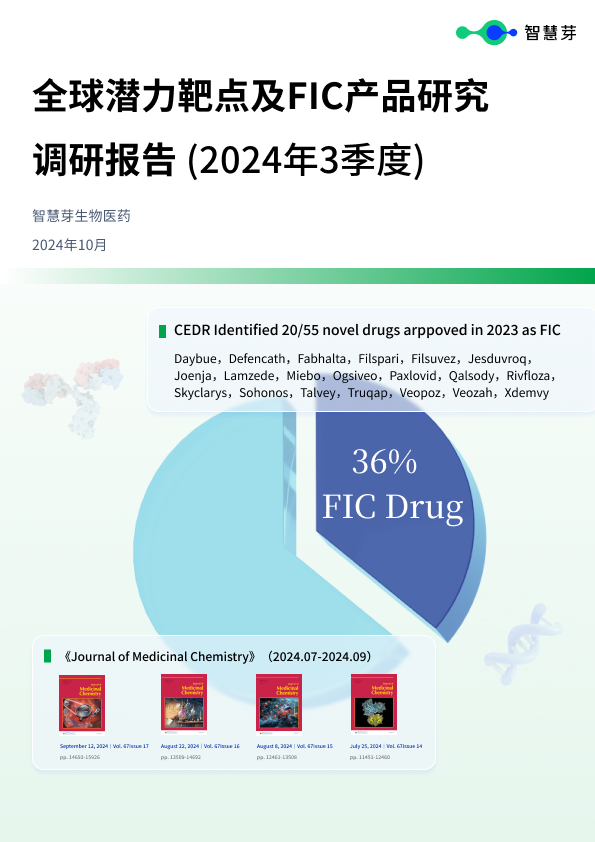Color Health expands into behavioral health to tackle access challenges for mental care services
2022-11-04
疫苗并购

Preview
来源: FierceHealthcare
"What we've seen as a company is that some of the basic challenges of access and healthcare are really about making existing supply more convenient to people where they are, where they live, where they work," said Caroline Savello, chief commercial officer at Color Health.
Health tech company Color Health has ramped up its focus on leveraging the infrastructure built during the COVID-19 pandemic to increase access to essential healthcare services to screen, diagnose and treat populations where they are, such as at their workplaces or schools.
The Burlingame, California-based company launched a behavioral health care solution to expand access to mental care services for public health agencies, schools, employers and organizations tackling population health. The behavioral health service builds on the company's acquisition of Mood Lifters, a mental health program for groups of adults and youth.
With these new services, Color aims to help organizations provide behavioral and mental health care at scale.
"What we've seen as a company is that some of the basic challenges of access and healthcare are really about making existing supply more convenient to people where they are, where they live, where they work. So much of the system is just like this friction that makes the supply that does exist, in many cases, just very inaccessible to people," Caroline Savello, chief commercial officer at Color Health, said in an interview.
"In the public health space, in particular, there's an accelerating crisis in behavioral health and the need for support. So many of the solutions really aren't built for the scale, the accessibility and the diversity of need that public and population health really demands," she noted.
She added, "There's obviously been a huge increase in mental health companies, but so many of them are really focusing on the basics of how you actually just see a therapist or routing people to content or games. The solution for public health and for population health really needs to be much more comprehensive, built for diverse needs and built for sustainability."
The supply shortage in behavioral health services can be addressed by "reimagining the logistics around delivering healthcare," said Color CEO Othman Laraki. That's something Color has been doing since its founding nine years ago.
"Through our experience building highly impactful federal, state and local programs for public and population health, we know that providing access to care in the context of how people live their everyday lives is the key to creating effective care delivery programs," he said.
More than 50% of people who need mental health care do not receive it, with even higher rates of unmet need for racial and ethnic minority populations. The median time between the onset of a patient's symptoms and their first treatment is now 11 years, according to the company.
These gaps in care are created and exacerbated by a shortage of skilled providers and access challenges, including cost and logistical hurdles.
Color's behavioral health solution enables access to screening and counseling as well as embeds care access points and resources directly into neighborhoods and community spaces. The service also is in-network with leading Medicaid and Medicare plans in all 50 states and delivers multilingual, culturally appropriate care, the company said.
The acquisition of Mood Lifters adds an evidence-based treatment program for issues like stress, depression, anxiety and difficult life situations. Mood Lifters forms groups led by participants who have completed the course themselves, which creates a sustainable source of new coaches with significantly lower costs than individual teletherapy.
"One-on-one therapy access is expensive, and not necessarily actually the right treatment for everybody," Savello said. "What Mood Lifters has demonstrated is that there's actually a way to create these group-based mental health programs that become incredibly sustainable because you actually are creating the next batch of coaches. It becomes a self-perpetuating mechanism for a lot of people to have access to non-clinical support in a comfortable and peer-based setting."
There has been surging demand for mental health resources in K-12 schools, Savello noted.
"We're seeing this from the public health and government procurement angle as well. There are a lot of states and localities that are really looking for solutions right now and there is just a lack of solutions that are really built for some of those diverse use cases," she said. "You have to think about language access, multi-multimodal technology access and you have to think about all of the nuances of families and consent models, which are extremely diverse across states and jurisdictions."
She added, "You have to think about privacy. and there's very different models of what it looks like for the role and involvement of administrators at schools. Some jurisdictions want this service to be very tied into their school system and some want it to be extremely independent."
Color has quickly expanded its community footprint and now works with about 1,500 organizations and runs 13,000 sites at workplaces, schools, churches and community locations, Laraki said. The company picked up $100 million in a series E financing last year, boosting its valuation to $4.6 billion. Color has raised $482 million to date, according to Crunchbase.
Color's pivot to build out logistics for healthcare
Color launched in 2015 with a focus on gene testing and precision genomics. During the COVID pandemic, the company expanded its capabilities to focus on improving key health infrastructure systems across the U.S.—including those related to the “last mile” delivery of COVID-19 vaccinesCOVID-19 vaccines. Over the last two years, Color implemented healthcare delivery programs in 16 states and federally with the National Institutes of Health for employers, governments and school systems, according to the company.
The company has spent the past two years teaming with public health agencies, research institutions, state and local governments, schools, employer organizations, health systems, labor unions and managed care organizations to deliver the "last mile of care" across essential healthcare services, including vaccination and preventive health services and infectious disease management programs.
Color's work with schools and public health agencies provided critical insights to drive its expansion into behavioral health services.
"There were so many elements of this that felt exactly the same as a lot of the challenges that we had been solving with them to scale up services. Challenges like language, technology access issues and how quickly can you actually route somebody to resources," Savello said. "We had ways to help address this need with so many of our capabilities."
Color's behavioral health solution can support end-to-end needs to reach, screen and connect more people to care, executives said. The software integrates into other screenings, including community sites, and allows organizations to catalog, manage and continuously update local and community resources as well as connect individuals to those resources for more acute or additional care needs, executives said.
Color's network approach allows access to community tools and acute need escalation within 48 hours. The network of community sites and partners—including coaches, therapists and licensed psychiatrists—is built to scale and flex to each community's needs.
The company also provides insurance billing infrastructure to enroll and credential providers, including state Medicare and Medicaid plans, billing management and support for large programs.
At first glance, there may not seem to be similarities between building infrastructure for lab testing and scaling up behavioral health. But it's about focusing on the logistics behind the healthcare services, Laraki said.
"During the height of the pandemic, when testing was very scarce, some labs were overrun by volume and others were sitting empty. It's the same thing going from testing to therapists to medications. Oftentimes, these are very available services, but they aren't accessible to people," he said. "It's about the 'piping' around billing, around scheduling and the logistics pieces as opposed to the actual healthcare services being delivered. That's how Color's model is quite different and connects through all of the work that we do."
更多内容,请访问原始网站
文中所述内容并不反映新药情报库及其所属公司任何意见及观点,如有版权侵扰或错误之处,请及时联系我们,我们会在24小时内配合处理。
靶点
-来和芽仔聊天吧
立即开始免费试用!
智慧芽新药情报库是智慧芽专为生命科学人士构建的基于AI的创新药情报平台,助您全方位提升您的研发与决策效率。
立即开始数据试用!
智慧芽新药库数据也通过智慧芽数据服务平台,以API或者数据包形式对外开放,助您更加充分利用智慧芽新药情报信息。





